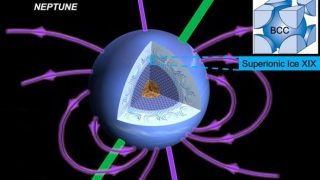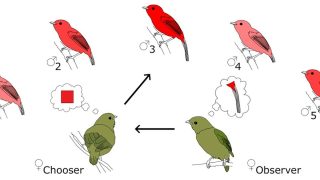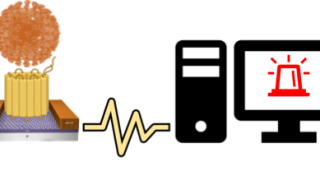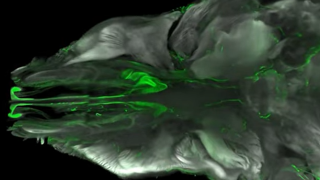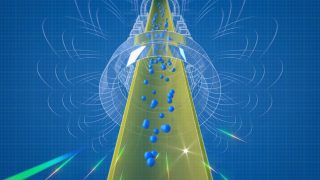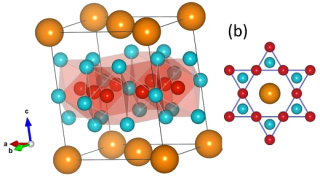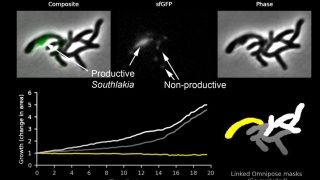
Throwing light on microbial dark matter
microbial dark matter Author: Ramón Muñoz-Chápuli has been Professor of Animal Biology in the University of Málaga until his retirement. He has investigated for forty years in the fields of developmental biology and animal evolution. In recent years, single cell genomics and metagenomic studies of environmental samples have enabled insights into “microbial dark matter”, the […]
